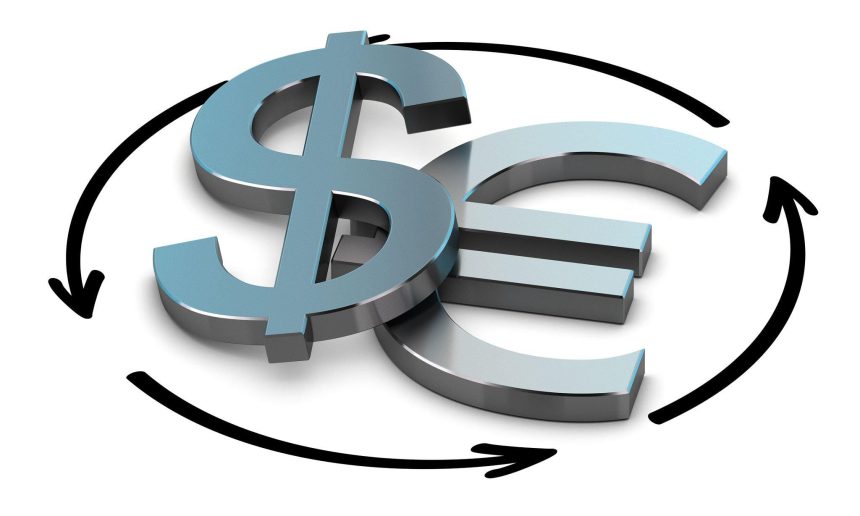EURUSD falls on market optimism ahead of US PPI.
The EURUSD pair falls following two days of gains, settling near 1.0770 on Friday. Market optimism supports the US Dollar (USD) against the Euro (EUR) ahead of significant data events, namely the Producer Price Index (PPI) and Michigan Consumer Sentiment Index from the United States (US), which are planned for release on Friday.
ECB’s Villeroy, there are various reasons why the first rate cut should not be delayed.
The European Central Bank (ECB) Governing Council member Francois Villeroy de Galhau stated that there are various reasons why they should not wait too long before implementing the first rate cut. While a rate drop this year is likely, the exact date is still being considered. There is plenty of flexibility for rate adjustments without immediately implementing an accommodative monetary policy.
The euro gained momentum on Thursday as the US dollar fell following poor retail sales data.
The US Dollar Index (DXY) is attempting to recoup its recent losses on the back of rising US Treasury yields. The market expects the US Federal Reserve (Fed) to avoid rate decreases in March and May. The CME FedWatch Tool indicates a 52% chance of a 25 basis point (bps) rate drop in June. The poor US Retail Sales figures on Thursday added The downward pressure on the US dollar functioned as a tailwind for the EURUSD pair.
Daily Market movers: EURUSD falls on stronger US dollar.
The US Dollar Index is trading at 104.30, while the 2-year and 10-year US Treasury yields are higher at 4.62% and 4.27%, respectively, at the time of writing.
President Raphael W. Bostic of the Federal Reserve Bank of Atlanta hopes to see additional progress in inflation, but the road ahead may be difficult. He stated that if inflation falls quicker than expected, he may reconsider his stance on interest rate policy.
Consumer spending in the United States fell by 0.8% MoM in January, contrary to market expectations of a 0.1% reduction following a 0.4% increase the prior month.
US retail sales (MoM) fell 0.8% in January, compared to an estimated 0.1% fall.
January retail sales in the United States The Control Group decreased by 0.4% compared to the previous increase of 0.6%.
US initial jobless claims fell to 212K for the week ending February 9, down from 220K the prior week. Claims were projected to remain constant.
US industrial production (MoM) fell by 0.1% in January. Compared to a projected 0.3% increase from a level 0.0% the previous month.
Christine Lagarde, President of the European Central Bank (ECB), noted. That recent data points to continued weak economic growth in the near term. While the current disinflationary trend is expected to continue. Lagarde stressed the necessity of maintaining trust that this trajectory will eventually lead to the ECB’s 2% inflation objective being met on a sustainable basis.
The preliminary Eurozone Gross Domestic Product (GDP). Seasonally adjusted, increased by The fourth quarter had a 0.1% increase year over year, as expected. Quarterly GDP growth stayed unchanged at 0.0%.
In January, Germany’s Wholesale Price Index (YoY) fell by 2.7% YoY. Following a 2.6% loss the previous month. The month-over-month index increased by 0.1% after a previous fall of 0.6%.









